Pattachitra art has a special home— a small village called Raghurajpur located near Bhubaneswar, Odisha. Although a little difficult to find, once you reach it, anyone can make out that the Raghurajpur artist village is special at first glance. The very entrance of the village has small houses decorated with beautifully intricate and vibrantly colored wall-art.
While Pattachitra painting can be found in a number of areas of Odisha, Raghurajpur village has its own style of the artform, and the secret behind this art-skill remains within the confines of the village. This is why Raghurajpur artist village was declared as a Heritage Crafts Village in 2000 by the Indian National Trust for Art and Cultural Heritage (INTACH).
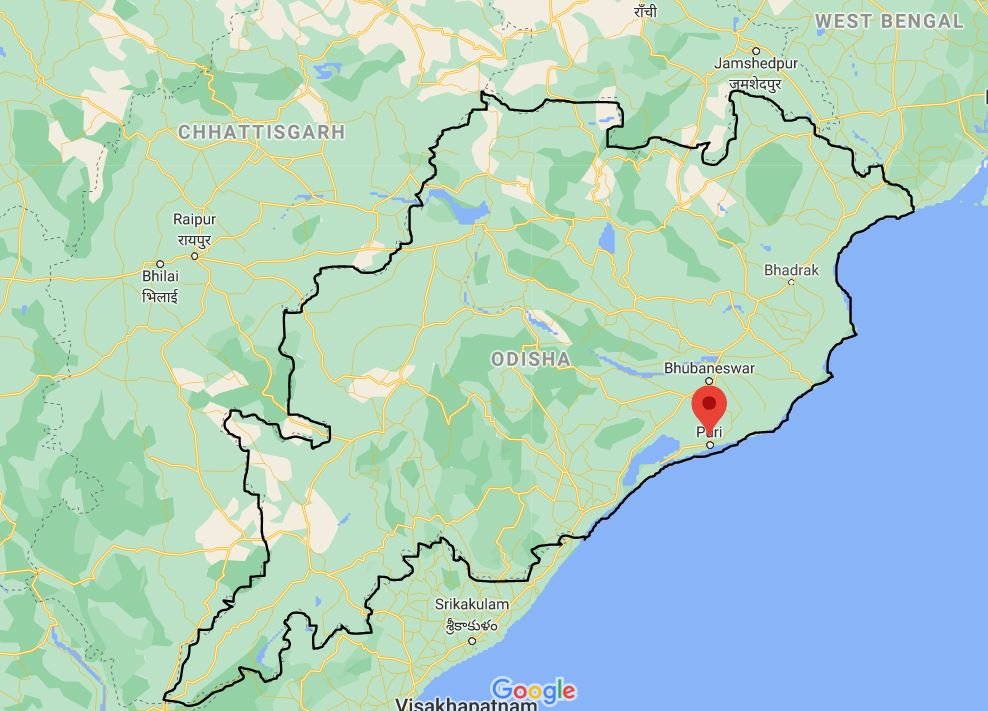
The Blessed Village
When we first stepped out of our taxi at the village, we were welcomed by an artisan called Balram. A polite, yet friendly man, he was very much like most of the people we had met in the wonderful state of Odisha. When we told him about the purpose of our visit, he was more than happy to show us around.
At first, he eagerly showed us a dance studio where the village guru taught young boys gotipua— a classical dance said to be the precursor to Odissi. It is performed by boys dressed as females for worshipping Lord Jagannath. Interestingly, this village is also the birthplace of Kelucharan Mohapatra, one of the most famous Odissi gurus in the world.
Next, Balram took us to his workshop next door where he and his family make the famous pattachitra art. It was time to see the world-renowned Pattachitra art.
An Artisan's Childhood
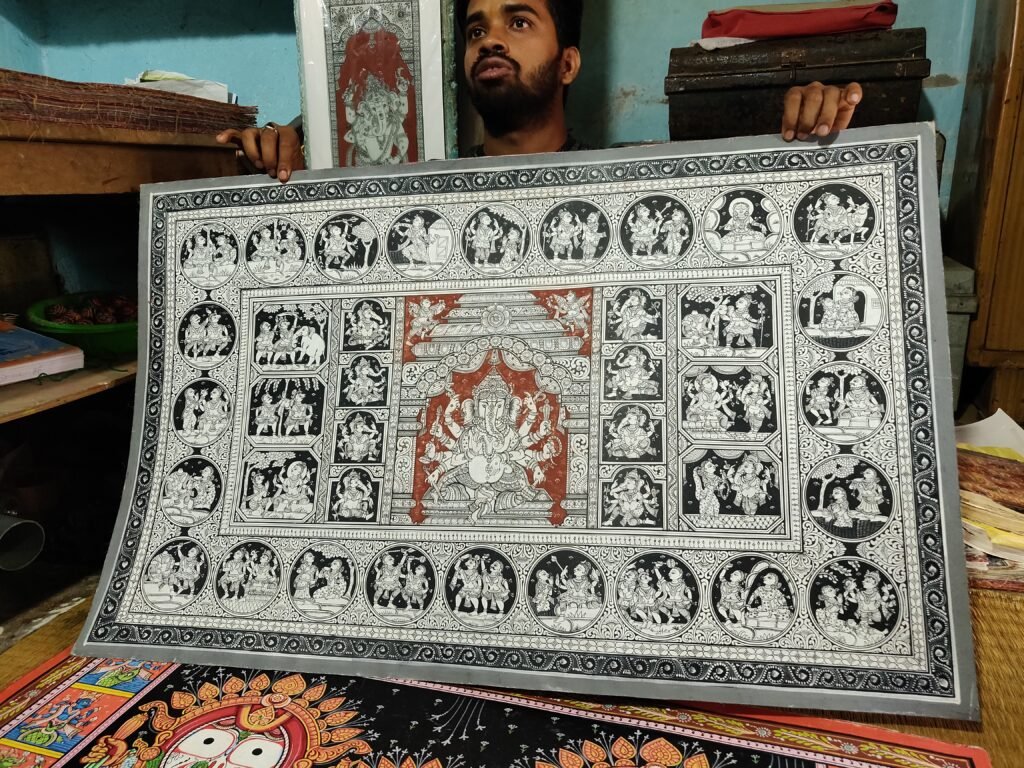
Balram is a fourth-generation family member of a family of Pattachitra artists. He has been learning and making Pattachitra ever since he was a small child. As he says, traditional art in families like his is a way of life. The entire village makes Pattachitra art. So one learns the art from one’s very childhood without any conscious thought of doing so. One doesn’t even remember when they first held a brush in their hand, or how they learnt a particular motif. It’s come as natural to them as learning to eat in a specific style.
Indeed, the art is a way of life. It is unsure if children have the Pattachitra painting embedded in their genes, or if they learn it by watching their parents, but no artisan we met remembered when they learnt the artform. They just “knew it”. They also had read all religious manuscripts like Mahabharata and Ramayana in their childhood and could visualize stories easily. This helped them paint the stories onto their canvases with a combination of individual imagination and ancestral motifs.
Even though learning Pattachitra painting comes naturally, perfecting the technique takes years of practice. This was evident in Balram’s voice as he showed us the various 4 feet by 3 feet large Pattachitra paintings made by his family. While a lot of paintings were his, his eager voice would suddenly deepen with respect when he showed us a Pattachitra painting made by his father, indicating how much finer the work was due to decades of practice.
The Canvas
There was a misconception that we had had in our childhood— Pattachitra means drawing on leaves. But as Balram explained to us, Pattachitra painting is made on handmade canvas. This canvas is prepared using old cotton saris or other cotton cloth used by the women in the village. Multiple layers of this cloth are stuck together with a mixture of ground tamarind seeds and glue. After drying, the surface is then rubbed with a special white stone, which fills all the holes of the cotton cloth and gives a smooth base for the artisans to work on.
This canvas preparation is mostly done during summer months, when the sun is available in plenty for drying. In latter months, artisans have to depend on indoor fans for the same— not a very convenient solution process as per Balram!
The Process
While the sleek design of Pattachitra art looks like it is made by a sturdy pen, it is fascinating to know that the outlines are drawn using very thin brushes. The insides are then painted with natural colors developed by the artisans themselves.
Pattachitra art has six basic colors— white, black, red, brown, yellow and blue. All colors have an organic origin. The white color is made of crushed seashells, the black color is made of reetha. The red color is made of sindoor, the brown of geru extracted from the soil. The yellow is made of store-bought sulfur oxide and the blue is made of a special stone called khandneel. These six colors are mixed in different ratios and combinations to give rise to 62 colors!
The artisans add a special organic oil from a local tree in these colors to give them “stickiness” and longevity. Balram claimed that the colors of the pattachitra would not fade even in a hundred years and that is why these paintings can be gifted within the family from one generation to generation.
The Themes
Pattachitra themes are mostly religious in nature. Since lord Vishnu is a principal deity in some of the main temples of Odisha, the theme revolving around Dashavatara, or ten incarnations of Vishnu, is also commonly made. The incarnations include Matsya (the giant fish), Kurma (the tortoise), Varaha (the boar), Narsimhan (half-man, half-lion), Vaman (dwarf), Parashuram, Ram, Krishna, Buddha, Kalki. In Raghurajpur, as per local belief, the eighth incarnation is that of either Krishna or Balaram, and the ninth maybe Buddha or Lord Jagannath.
With the famous Jagannath Puri temple being so closeby, the deity plays a big role in the artform. In fact, artisans believe that Lord Jagannath falls sick for 15 days a year, and during those days, a Jagannath pattachitra is sent to him every year for recovery.
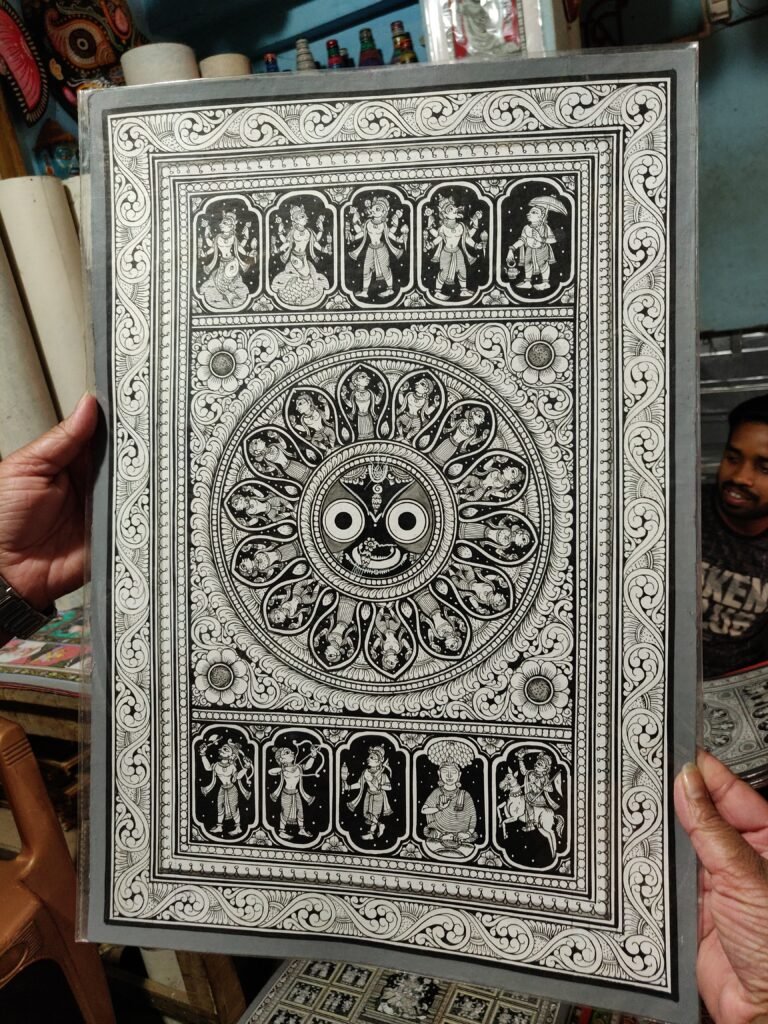
Other mythological themes consist of scenes from the Mahabharata and Ramayana. Apart from these traditional themes, artisans have also started making Pattachitra on newer popular themes like tribal art. In Balram’s family, tribal art is a speciality of his wife’s. Indeed, he very proudly told us that they believe his wife is especially gifted since she created beautiful Pattachitra despite not being born in the Raghurajpur village and hence being very new to the field of this traditional art.
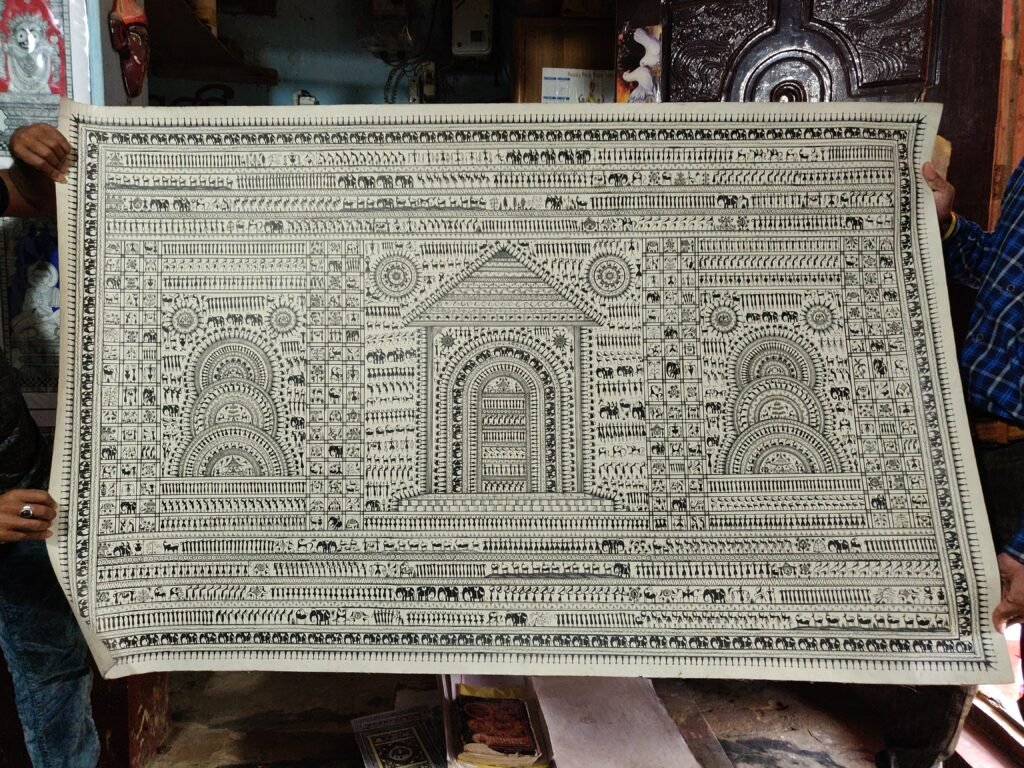
When you see the Raghurajpur painting of Pattachitra, you will be astounded by the fact that mere human hands can create such pieces of beauty. The art pieces created by these normal-looking people here look like faultless prints generated by a computer. But even computers will not be able to generate the imagination and creative intelligence it takes to create these paintings. But Pattachitra is not the only form of beauty created by the exceptionally gifted artisans of Raghurajpur. The Raghurajpur artist village has eight other forms of crafts that you can read about in the next article. If there are Gods in the world, the village indeed has been blessed by them
If you do feel like owning a Pattachitra of your own, feel free to comment your query below and we shall connect you directly to Mr. Balram.
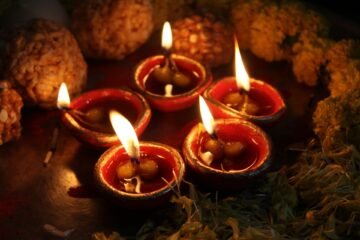
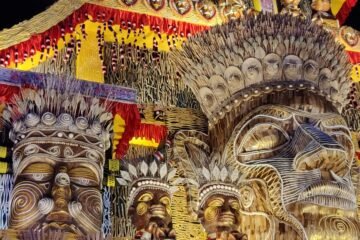
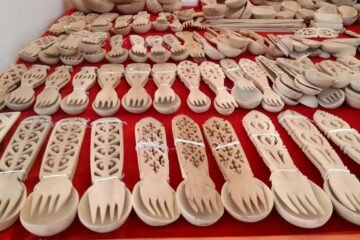
Thank you for making us aware of these wonderous gems tucked away in our country.
Is there anyway we can bring it to mainstream awareness & help in their sale ?
Thank you Dr. Guleria. I’m so glad you found this article to be of value. As of now, we are working on creating an artisan directory that would help connect prospective buyers directly to the artisans. It would be great if you could also share a word about these crafts with people you know.
Wonderful work Ms Parul. These rare gems need a platform, your article will go a long way to achieve the same.
Thank you so much Dr. Arora. 🙂
Very nice effort for introducing people about various art form
Thanks Jinal. 🙂